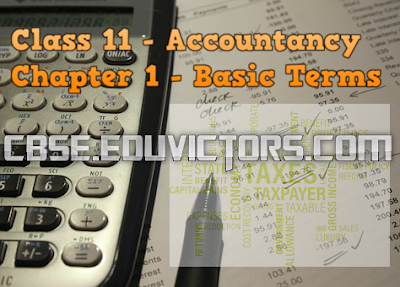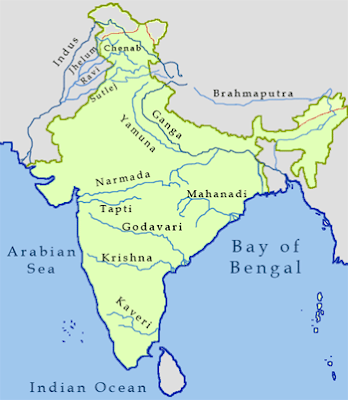Socialism in Europe
and the Russian Revolution
Class 9 India and the Contemporary World
Chapter 2 - Social Science
Chapter 2 - Social Science
NCERT Solutions
Question 1: What were the social, economic and political conditions in Russia before 1905?Answer: The Social, economic and political conditions in Russia before 1905 were backward.
Social Conditions:
1. 85% of Russia’s population was agriculturist.
2. The industry was existent, but rarely in which most of was privately owned.
3. Workers were divided on the basis of their occupation. They mainly migrated to cities for employment in factories.
4. The peasant community was deeply religious but did not care much about the nobility. They believed that land must be divided amongst themselves.
Economic Conditions:
1. Russia was going through a bad period economically.
2. Prices of essential good rises while real wages decreased by 20%leading to the famous St. Petersburg strike
3. This strike started a series of events that are together known as the 1905 Revolution.
4. During this revolution, there were strikes all over the country, universities closed down, and various professionals and workers established the Union of Unions, demanding the establishment of a constituent assembly.





